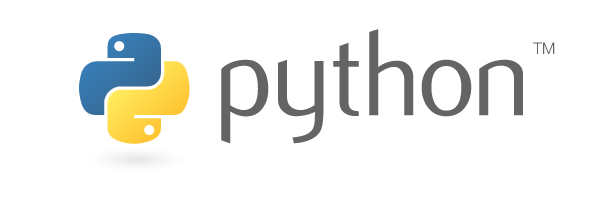Python wasn't supposed to take over the world. Guido van Rossum created it in 1991 because he was tired of writing shell scripts and C programs for simple tasks. The "Zen of Python" sounds nice until you're debugging someone else's "clever" one-liner at 3am that does twelve things in one line.
Why Everyone Uses Python (Despite the Pain)
Python hit the #1 spot on TIOBE in 2025 because it's the least painful option for most tasks. Not the fastest, not the most elegant - just the one that lets you get shit done without fighting the compiler for three hours first.
The 500,000+ packages on PyPI sound impressive until you realize half of them are abandoned projects from 2015, and the other half will break your project during the next pip install. Every major tech company uses Python, but they also have armies of engineers working around its limitations. Instagram has hundreds of people making Python work at scale - your startup probably doesn't.
Check the Computer Language Benchmarks Game to see just how slow Python really is.
The Reality of Python's Design
CPython compiles your code to bytecode that runs slower than basically everything else. The "interpreted nature" marketing speak translates to "your code will run 10-100x slower than compiled languages, but at least you won't spend three hours debugging memory leaks."
The Global Interpreter Lock (GIL) makes Python essentially single-threaded for CPU work. Multiprocessing "works" but good luck debugging race conditions across processes when something inevitably goes wrong at 2am.
Version Upgrade Hell
Python 3.13 added experimental free-threaded mode and a JIT compiler. The 10-15% performance improvements sound great until you realize that's still 10x slower than Go for the same work. Plus, upgrading Python versions is not fun - even minor bumps can break half your dependencies.
Python 3.14 is scheduled for October 7, 2025, with a new tail-call interpreter that was initially claimed to boost performance by 30%. Reality check: those gains were inflated by a Clang compiler bug. The actual improvements are much more modest. Will it break your existing code? Probably something minor. Will you upgrade anyway? Eventually, when pip forces you to.

Where Python Actually Works (And Where It Doesn't)
Python's "versatility" comes from having libraries for everything, even if half of them are poorly maintained. Here's the reality:
Web Development: Django gives you everything out of the box, including terrible performance. Flask is simple until you need to scale, then you're rebuilding Django. FastAPI can theoretically hit 60K requests/sec in synthetic benchmarks - in production with actual business logic and database calls? More like 1K if you're lucky.
Data Science: Python dominates because NumPy and Pandas do the heavy lifting in C while you write Python. Jupyter notebooks are great for exploration, nightmare for reproducible research.

Machine Learning: TensorFlow and PyTorch chose Python as their interface, so now everyone thinks Python is fast at ML. Spoiler: it's not. The actual computation happens in CUDA and C++.
Automation: Python beats bash scripts because it has proper data structures. That's a low bar, but here we are.
Read more about Python web framework tradeoffs in the JetBrains blog.
The Python Community Reality
The Python Software Foundation moves at glacial speed while web frameworks change monthly. PEPs take years to implement, by which time everyone's already using the unofficial solution from GitHub.
The community is friendly, which is nice when you're stuck debugging why pip install destroyed your virtual environment again. PyCon talks are great for learning about libraries you'll never use in production.
Python won because it's good enough for most things and doesn't actively fight you like C++ does. Is it the best language? Hell no. Will you probably end up using it anyway? Yeah, because everyone else already did.
